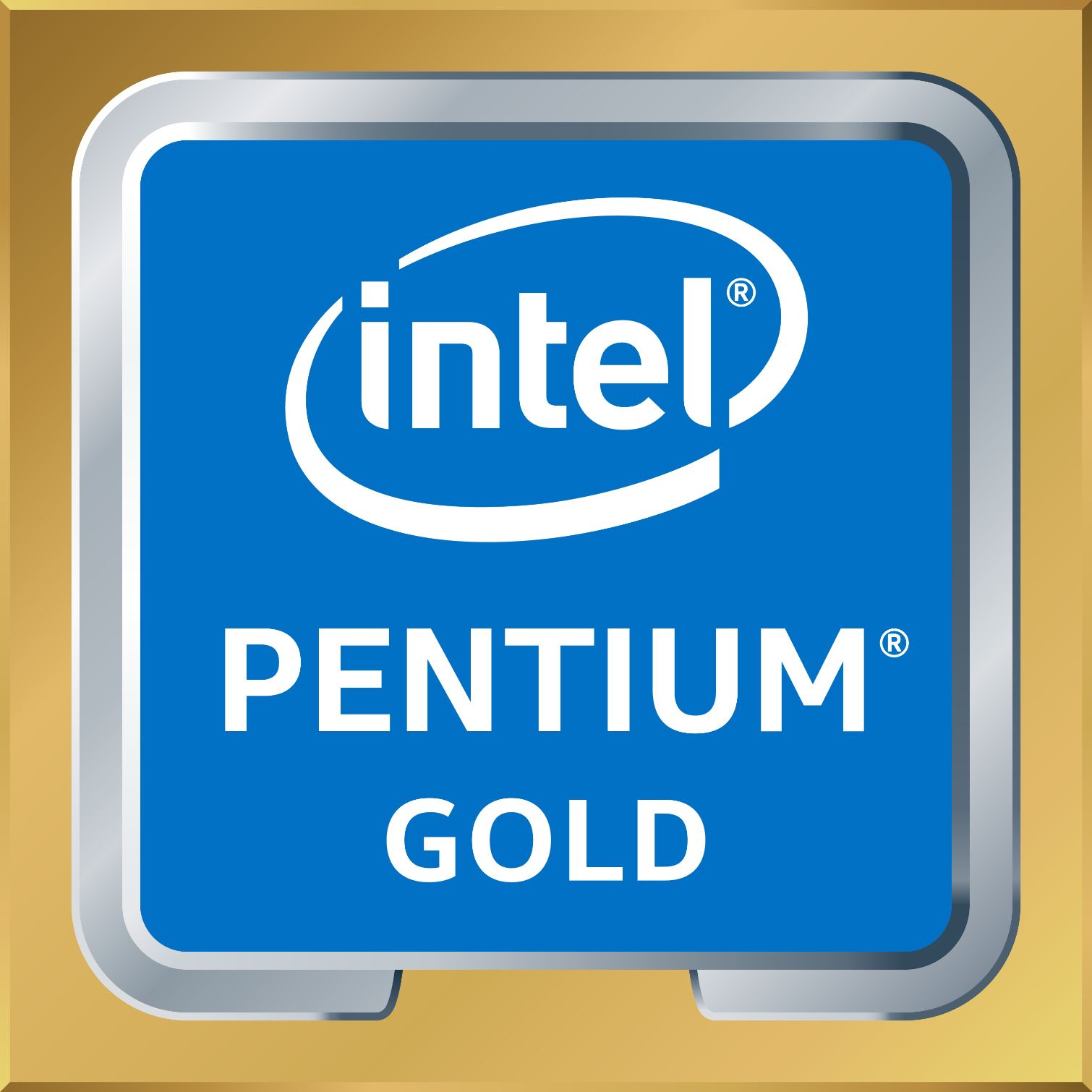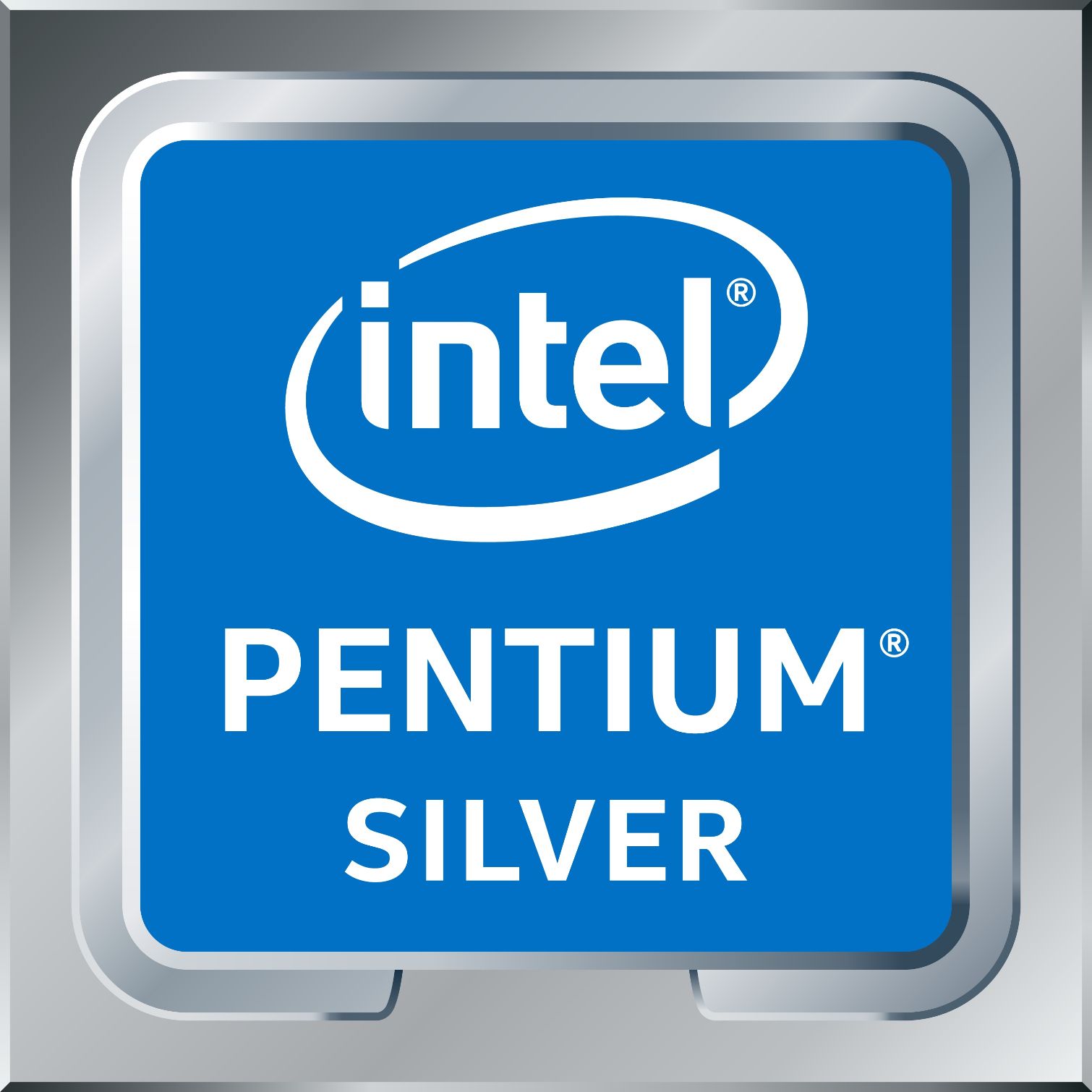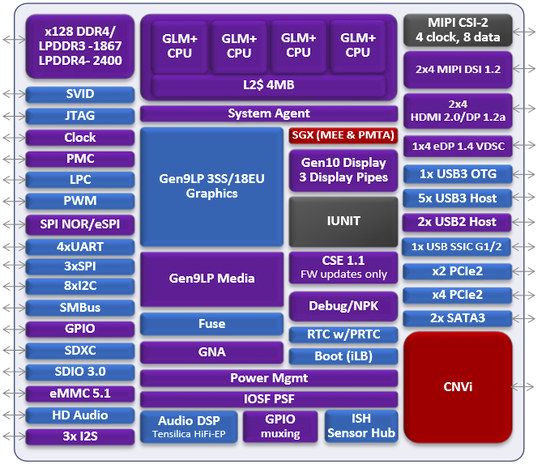Intel Announces Celeron, Pentium Gold And Silver Processors


Intel announced new Pentium and Celeron Silver processors. Intel issued a product change notification last month that outlined plans to change the existing Pentium lineup over to Gold branding, but today the company expanded the lineup to include Silver models and also unveiled six new processors.
The Pentium Gold processors are already on the market and include the Kaby Lake G4560 and 4620. Those processors marked the debut of Hyper-Threading with Intel’s Pentium lineup. We expect Intel to add Coffee Lake models to the Pentium Gold lineup, possibly with more cores to fend off AMD’s APUs, in the near future.
The new Pentium and Celeron Silver SoCs feature the Gemini Lake architecture, which replaces the Apollo Lake lineup. The new processors address the mobile and desktop space, so they encompass laptops, 2-in-1s, all-in-one PCs, mini-PCs, and desktops. Intel claims the new processors offer 58% more performance in productivity applications compared to four-year-old PCs, which is roughly the update cadence for this class of processor.
| Pentium And Celeron Desktop | Intel Pentium Silver J5005 | Intel Celeron J4105 | Intel Celeron J4005 |
|---|---|---|---|
| TDP | 10W | 10W | 10W |
| Base Frequency | 1.5 GHz | 1.5 GHz | 2.0 GHz |
| Boost Frequency | 2.8 GHz | 2.5 GHz | 2.7 GHz |
| Cores/Threads | 4 / 4 | 4 / 4 | 2 / 2 |
| Cache | 4MB | 4MB | 4MB |
| Memory Channels | 2 | 2 | 2 |
| Memory Type | DDR4-2400, LPDDR4-2400 | DDR4-2400, LPDDR4-2400 | DDR4-2400, LPDDR4-2400 |
| Graphics Frequency | Up to 800 MHz | Up to 750 MHz | Up to 700 MHz |
| Intel UHD Graphics | Graphics 605 / 18 EU | UHD Graphics 600 / 12 EU | UHD Graphics 600 / 12 EU |
| PCIe Lanes | PCIe 2.0 x6 | PCIe 2.0 x6 | PCIe 2.0 x6 |
The 14nm processors employ the Goldmont Plus microarchitecture (of Atom fame). The 10W Pentium Silver J5005 features a higher boost and more capable graphics than its quad-core Celeron counterpart. The SoCs support 2×2 802.11AC network chips with 160MHz channels. That provides up to Gigabit Wi-Fi speeds. The processors also feature 6 lanes of PCie 2.0 connectivity.

The new Goldmont Plus architecture offers several new enhancements over its Goldmont predecessor. According to the block diagram posted by CNXSoft, the SoCs offer plenty of connectivity options. Highlights include up to 18EUs for the Gen9 graphics. Improvements include an integrated native HDMI 2.0 controller, VP9 10-bit Profile2 hardware encoding, and an improvement from 3-way decode to 4-way. CNXSoft claims the increased wider pipeline, increased cache, and GoldMont Plus cores could offer from 10 to 15% more performance than the Apollo Lake processors.
| Pentium And Celeron Mobile | Intel Pentium Silver N5000 | Intel Celeron N4100 | Intel Celeron N4000 |
|---|---|---|---|
| TDP | 6W | 6W | 6W |
| Base Frequency | 1.1 GHz | 1.1 GHz | 1.1 GHz |
| Max. Frequency | 2.7 GHz | 2.4 GHz | 2.6GHz |
| Cores/Threads | 4 / 4 | 4 / 4 | 2 / 2 |
| Cache | 4MB | 4MB | 4MB |
| Memory Channels | 2 | 2 | 2 |
| Memory Type | DDR4-2400, LPDDR4-2400 | DDR4-2400, LPDDR4-2400 | DDR4-2400, LPDDR4-2400 |
| Graphics Frequency | Up to 750MHZ | Up to 700MHz | Up to 650MHz |
| Intel UHD Graphics / EU | Graphics 605 / 18 EU | UHD Graphics 600 / ? | UHD Graphics 600 / ? |
| PCIe Lanes | PCIe 2.0 x6 | PCIe 2.0 x6 | PCIe 2.0 x6 |
Intel is also debuting its Local Adaptive Contrast Enhancement (LACE) technology, which adjusts displays in less-than-optimum lighting conditions, for the processors.
Notebooks featuring the processors already surfaced at the Hong Kong Electronics Fair in October, and though details are scant, it won’t be long until we see a wave of announcements from the major OEMs. Intel says to expect models to hit the market in Q1 2018.